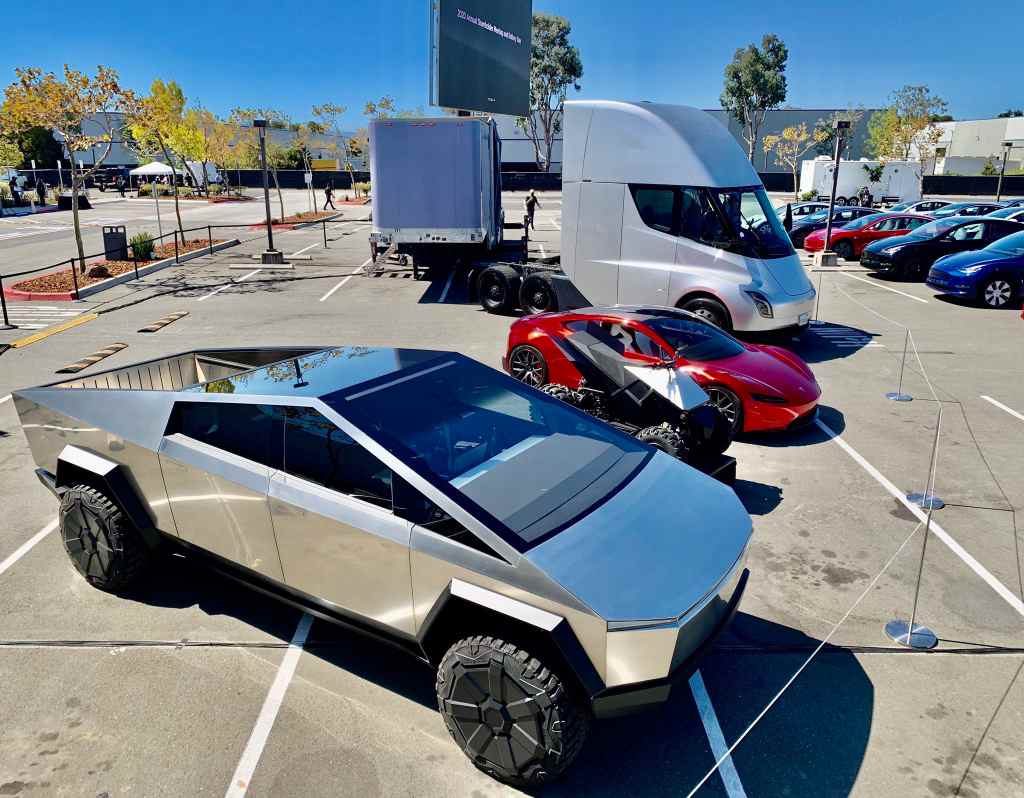Elon Musk has confirmed that Tesla’s new 4680 cells have been tested on a series of prototypes for some time. Tests in real conditions have been running for several months; however, the executive has not clarified which models have been chosen to house the company’s new cells for the first time.
However, Musk did confirm that at the moment, the cells produced have nickel-rich cathodes, which will initially only be used in the Semi truck and the Cybertruck pick-up. Considering that Tesla has been testing various prototypes of these models on the open road, it seems highly likely that these were the first to receive the new batteries.
However, some rumors indicate that the brand’s first model to receive them will be the Model S Plaid, the sportier version of the veteran executive saloon. According to what was announced by Tesla, the vehicle will be able to do the 0 to 100 km/h in less than 2.1 seconds, exceed 200 mph of top speed, and reach about 520 miles EPA of autonomy. Its launch is scheduled for 2021.
The use of 4680 cells, larger than the 2170 cells of the Model 3 and Model Y, will reduce costs by 14% (thanks, among other things, to the fewer number of housings and the optimization of production processes) and increase autonomy by 16% (this will be achieved by making better use of space). These improvements will be complemented by the use of new chemistries at the cathodes and anodes.
The new cells employ the “tabless electrode” design that Tesla patented earlier this year. This solution makes it possible to dispense with the tabs used on the cathode and anode to connect to the housing terminals, which in turn helps reduce costs, simplifies production, improves performance, and reduces ohmic resistance.
The 4680 cells will allow Tesla much faster and more efficient manufacturing. Each of the new production lines will reach 20 GWh per year in capacity, an improvement of up to seven times compared to current processes, which will allow the creation of Terafactories significantly smaller than the current Gigafactories. By 2022 Tesla wants to reach a production of 100 GWh per year from these new cells.

